Since I write a bit on military matters, recently, Lt Gen GL Bakshi (Retd), our senior regimental veteran, asked me why ‘The Infantry Day’ and ‘The Kumaon Day’ are celebrated on October 27. As elaborated in succeeding paragraphs below, I gave him plausible historical facts as many in uniform may not know their significance.
‘The Kumaon Day’
In 1804 General Wellesley recommended reforms in the Nizam’s Army based on the Jagirdari system, which did not favour the Nizam of Hyderabad state. In 1811, Mr (later Sir) Henry Russell, the ablest far-sighted man, was appointed the British Resident in Hyderabad. His report submitted to Governor General stated the chaotic conditions prevailing in Nizam’s Army, which was infested with the Pindaris, marauding Bhils and revolting jagirdars and plundering Rohillas. He stated that Nizam’s forces were found ill-trained and insufficient in numbers. The only two regular battalions belonging to Muhammed Salabat Khan, Subedar of Berar, commanded by a British officer named Drew, with the support of two other British officers, were fit for operations. Salabat Khan had joined Gen Wellesley in 1803 to fight Marathas. Mr Henry Russell was the founder of the Hyderabad Regiment in 1813, and Salabat Khan’s two battalions transformed into the present-day 4 and 5 Kumaon. Mr Russell, as a Resident of Hyderabad, transformed Nizam’s state forces per a treaty earnestly with the British. His descendant, Sir George Charles Russell, presented a silver tray weighing six & a half pounds in 1913 to commemorate the founding of the Russell’s Brigade. Sir Henry Russell’s grandnephew Major Edmond Cecil Russell, decided to present all the silver belonging to his family to the Kumaon Regiment the presentation ceremony was organised on February 17 1955, in the UK, and Mrs Vijaya Laxmi Pandit, our High Commissioner in the UK received it on behalf of the Kumaon Regiment, which ever since is in proud possession of our Regimental Centre in Ranikhet.
Renaming the Regiment
As we all know, ‘The Kumaon Regiment’s’ erstwhile ancestors were the 19 Hyderabad Regiment. As far back as 1935, the then Colonel of the Regiment (COR) of the 19 Hyderabad Regiment had forwarded to the C-in-C a unanimous proposal from Battalion Commanders that the Hyderabad Regiment should be changed to 19 Kumaon Regiment. Among the reasons given were that the Regiment no longer had any connection with Hyderabad, and with its existing name, there was the tendency to look upon it as a down-country regiment; there was confusion when units of the Regiment were stationed alongside the Hyderabad state infantry, and there was reluctance on the part of new officers to join the Regiment. The C-in-C, however, turned down the proposal on the plea that he was not prepared to change the 1922 reorganisation.
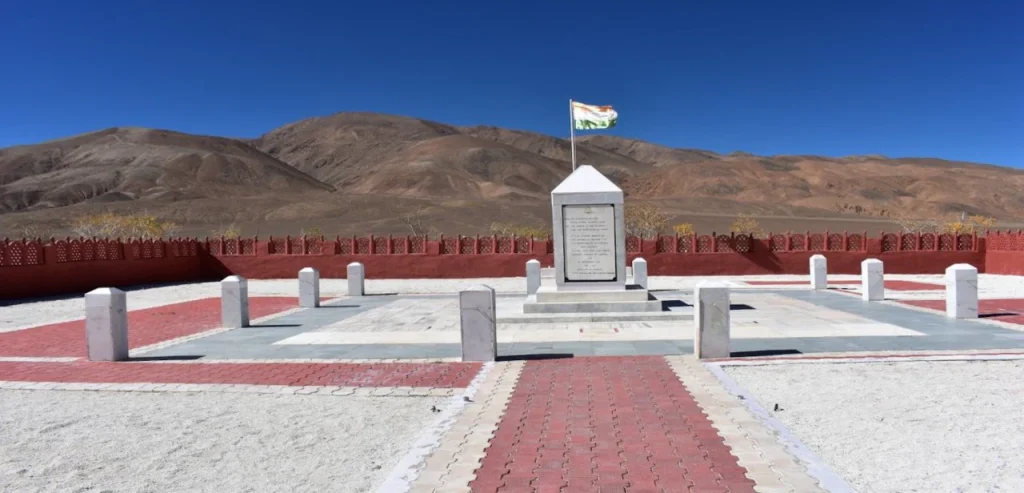
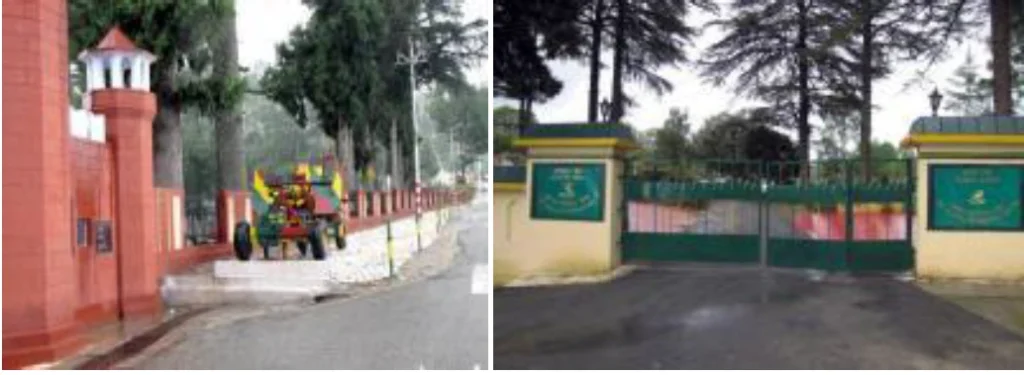
During World War II, recruitment of Jats in the Regiment decreased as they were increasingly going to the Armoured Corps and Artillery and had their own Jat Regiment. The Ahirs, though they had no regiment of their own, were increasingly recruited in Artillery and 8 and 14 Punjab Regiments. They were not intended to increase their recruitment in the Indian Army as they were already well represented. The Kumaon, on the other hand, had no regiment of their own, and though some were recruited in the Frontier Force Regiment, it was minimal and later completely stopped.
After considering various factors, the Jats of the Hyderabad Regiment were transferred to the Jat, and the Grenadier Regiments and their place was taken by the Kumaonis. The future class composition of the Hyderabad Regiment was decided as 75% Kumaonis and 25% Ahirs. At the same time, on October 27 1945, the name of the Regiment was changed to 19 Kumaon Regiment. Later the prefix 19 was dropped, and Regiment got its present name that we all with immense proud wear on our shoulders. It was a long journey and a momentous change, and October 27 ever since is celebrated every year as KUMAON DAY.
Soon after the change of the name of the Regiment, the search for the regimental crest commenced. Many retired officers who had naturally been hurt by the name changing of the Regiment were greatly pleased to adopt Russell’s lion, the family coat of arms maintaining past nostalgic linkages. The present design of the badge was agreed upon around Feb 1946. The Russell’s Lion forms part of the Kumaon Regiment’s Crest.
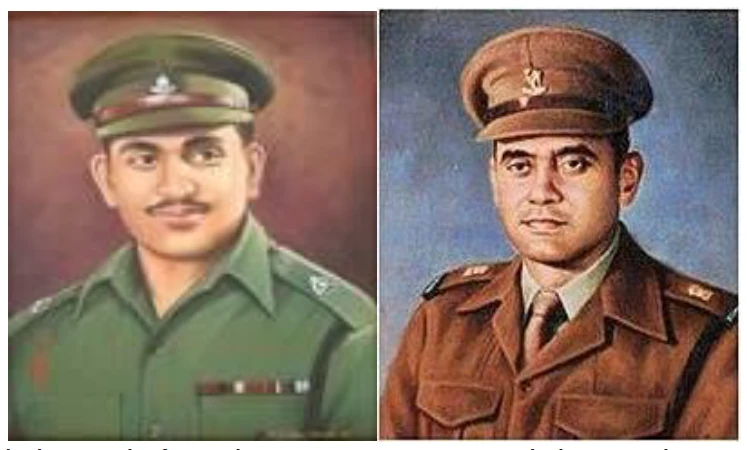
Incidentally, the Kumaon Regimental Centre (KRC), then located at Agra, was shifted to its present location Ranikhet by none other than then IC-1 Lt Col (later Maj Gen) K Bhagwati Singh, whom the Commandant Lt Col Balbir Singh, MC, succeeded. As a matter of pride, ‘The Kumaon Regiment’ has the unique distinction of producing three Chief of Army Staff (COAS)-Gen SM Srinagesh, Gen KS Thimayya and Gen TN Raina and two PVCs- Late Majs Som Nath Sharma and Shaitan Singh.
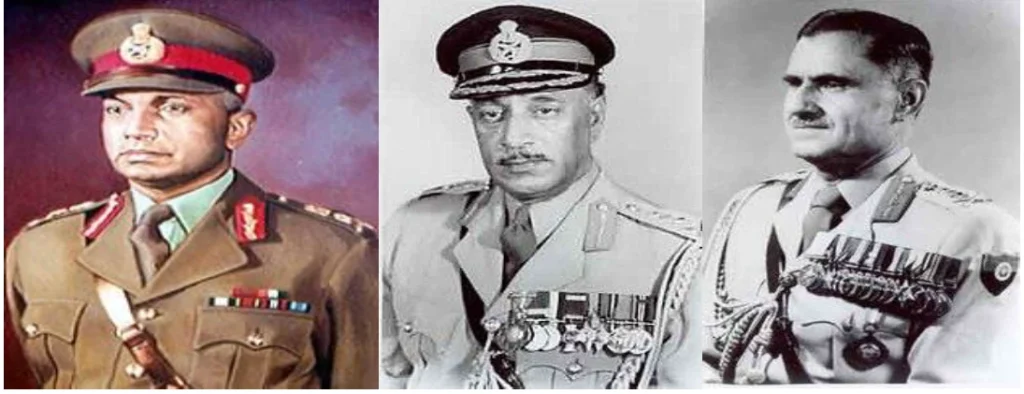
The Infantry Day
On October 27 1947, my uncle, late Group Captain (then Wing Cdr) KL Bhatia, VrC, landed the first military aircraft in Srinagar carrying the first Indian troops into combat in Independent India. The Dakota carried IC -12 Lt Col Diwan Ranjit Rai CO 1 Sikh with 20 jawans, synonymous with a weak platoon. The same evening Lt. Col Diwan Ranjit Rai was martyred on October 27 1947, leading his men and defending Pattan, outnumbered by the overwhelming strength of Pak-sponsored invaders.

On October 27, 1947, he was the first Indian Army officer to engage in combat after independence. He was martyred and received India’s first MVC, while my uncle was awarded the VrC. Since then, this day has been celebrated as ‘The Infantry Day. Over the years, 12 squadrons of the IAF and 1 Sikh have become affiliated. That is why my cousin Mr Ranjeet Bhatia s/o my legendary maternal uncle, late Group Captain KL Bhatia, VrC, is so often invited by the infantry regiments and formation headquarters and 12 Squadron IAF for the Infantry Day as a special guest.
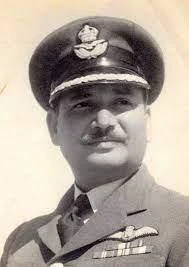
On this day in 1947, these infantrymen from the Indian Army were the first troops to land at Srinagar airport. This move pushed back the invaders from the fringes of Srinagar and spared Jammu and Kashmir from an insurgency that Pakistan supported.
So this briefly sums up the importance of October 27 as ‘The Kumaon Day’ and ‘The Infantry Day.
